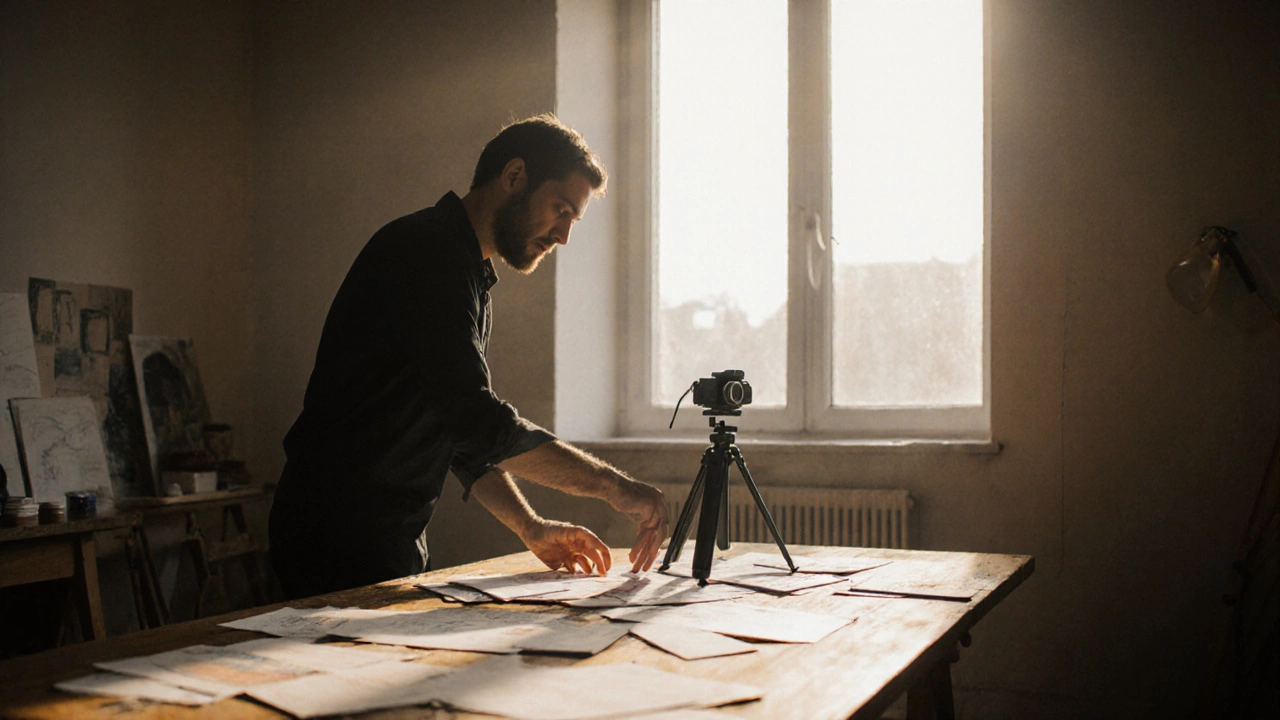Fine Art Photography Examples: Inspiration and Insight
When working with Fine Art Photography, a visual medium that treats photographs as works of fine art rather than mere documentation. Also known as art photography, it blends creative vision with technical skill. Conceptual Photography is a close cousin, emphasizing ideas over realism, while Pictorialism brings a painterly aesthetic to the photographic process. These three entities form a triangle of influence: Fine Art Photography encompasses Conceptual Photography, Conceptual Photography influences Fine Art Photography, and Pictorialism shapes the look of many Fine Art works. Understanding this relationship helps you spot the subtle cues that turn a snapshot into an artwork. The core attribute of Fine Art Photography is intentional composition, which often requires a deep knowledge of lighting, color theory, and post‑processing. Its value lies in the ability to evoke emotion, provoke thought, or simply showcase beauty in a way that transcends the ordinary. Below we’ll dig into the tools, styles, and presentation methods that let creators craft compelling examples.
Key Techniques, Tools, and Presentation
Creating standout fine art photography examples starts with mastering a few essential attributes. First, lighting is a must‑have skill: whether you use natural light, studio strobes, or mixed sources, controlling contrast and direction shapes the mood. Second, the choice of Photographic Prints matters; archival paper, canvas, or metal substrates each add texture and longevity, influencing how the work is perceived in a gallery setting. Third, post‑processing tools like Adobe Lightroom or Capture One let you fine‑tune exposure, color grading, and detail, turning a raw capture into a finished piece. These steps intersect: precise lighting reduces the need for heavy editing, while high‑quality prints showcase the nuanced adjustments you made. Another important attribute is concept development—artists often draft a narrative or theme before shooting, aligning with the principles of Conceptual Photography. When the concept is clear, choices about composition, subject matter, and style become purposeful, echoing the discipline of Pictorialism where the photographer manipulates the image to achieve a painterly effect. By linking technique (lighting), medium (prints), and concept, creators can produce work that not only looks great but also tells a story worth hanging on a wall.
Now that you’ve got a solid grasp of the core ideas, tools, and presentation options, you’re ready to explore the curated collection below. We’ve gathered a range of fine art photography examples that illustrate everything from minimalist black‑and‑white studies to vibrant, concept‑driven series. Each piece reflects the blend of creative vision and technical mastery we discussed, offering practical inspiration for your own projects. Dive in to see how different artists apply lighting tricks, print choices, and conceptual frameworks, and let these examples spark your next photographic adventure.
